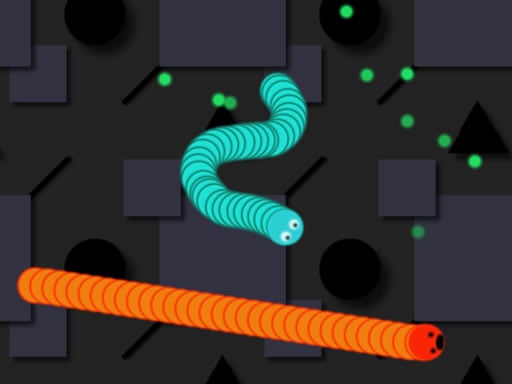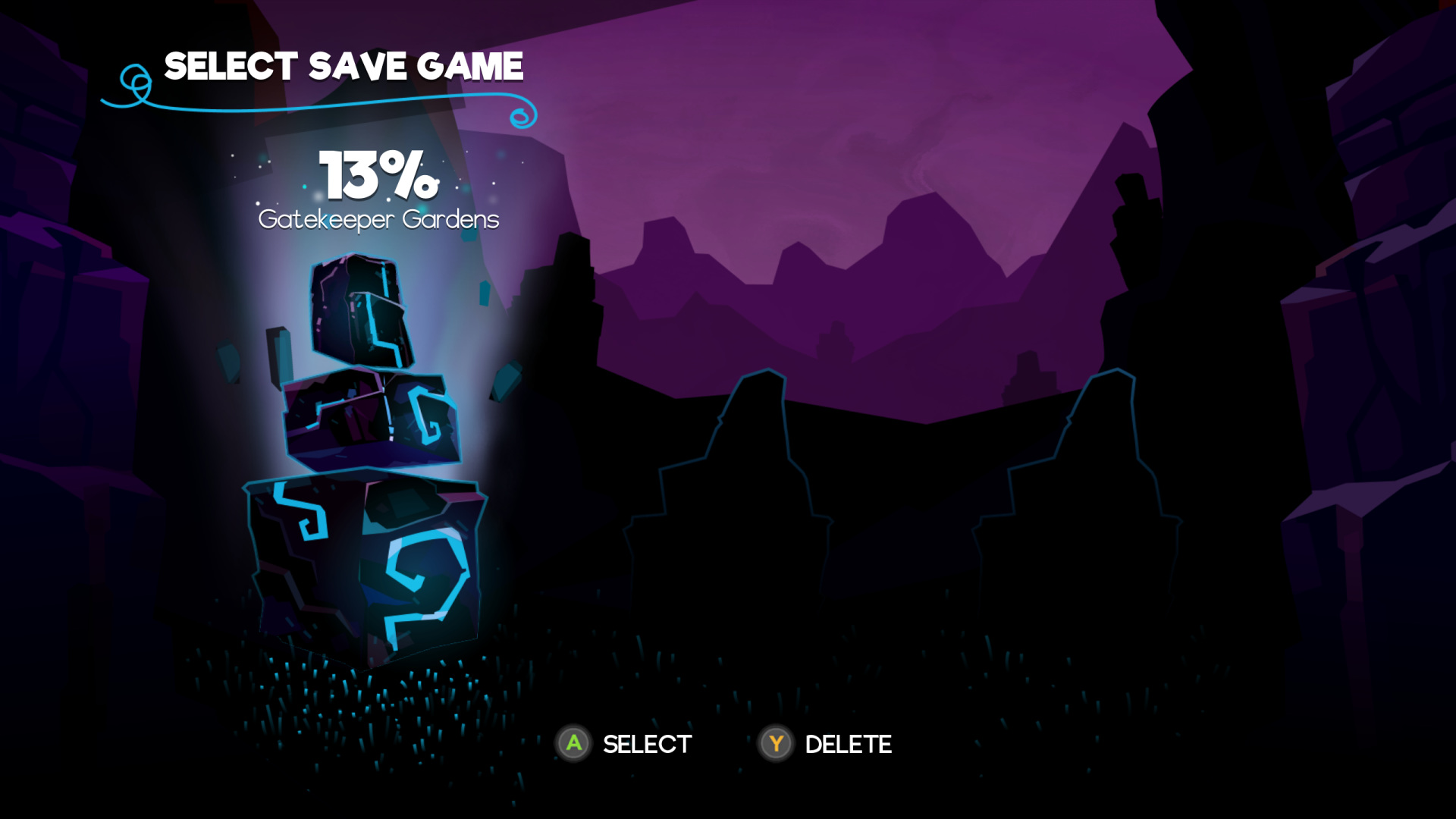
You’ll get to events a bit later as well. Lines 15 to 17 scan and handle events within the game loop. You’ll cover game loops later on in this tutorial. Lines 11 and 12 set up a game loop to control when the program ends. This program uses a list to create a square window with 500 pixels on each side. You provide either a list or a tuple that specifies the width and height of the window to create. Line 8 sets up your program’s display window. Lines 4 and 5 import and initialize the pygame library.
#Loading screen snake game code
Let’s break this code down, section by section: When you run this program, you’ll see a window that looks like this: fill (( 255, 255, 255 )) 21 22 # Draw a solid blue circle in the center 23 pygame. QUIT : 17 running = False 18 19 # Fill the background with white 20 screen. set_mode () 9 10 # Run until the user asks to quit 11 running = True 12 while running : 13 14 # Did the user click the window close button? 15 for event in pygame. init () 6 7 # Set up the drawing window 8 screen = pygame. You can get all of the code in this article to follow along:ġ # Simple pygame program 2 3 # Import and initialize the pygame library 4 import pygame 5 pygame. pygame works with most versions of Python, but Python 3.6 is recommended and used throughout this article. A basic understanding of object-oriented Python is helpful as well.
#Loading screen snake game how to
You should also be familiar with how to open files on your platform. This primer assumes you have a basic understanding of writing Python programs, including user-defined functions, imports, loops, and conditionals. Describe how game programming differs from standard procedural Python programming.At the time, I really wanted a primer on pygame.īy the end of this article, you’ll be able to: That’s how I discovered pygame and learned how to use it to write games and other graphical programs. I tried to figure out how to write games in every language and on every platform I learned, including Python. When I started learning computer programming late in the last millennium, it was driven by my desire to write computer games. Watch it together with the written tutorial to deepen your understanding: Make a 2D Side-Scroller Game With PyGame #Draw Snake using for loop to draw the number of rectangles corresponding toĭraw.Watch Now This tutorial has a related video course created by the Real Python team. #news= + dy, head+dx]]+s]ĭef drawTheBoard(appleX,appleY,snakeX,snakeY,lengthSnake): LengthSnake) # function that clears and resets board after each round # drawTheBoard(positionApple, positionSnakeX, positionSnakeY, # return False # will this break the while loop # if hitWall(positionSnake, positionSnake):

If hitApple(positionSnakeX, positionSnakeY, positionApple, positionApple): # if snake hit the apple, then add a box to the snake # check if user pressed a key to change snake directionĭrawTheBoard(appleX,appleY, positionSnakeX, positionSnakeY, #while positionSnake != 0 and positionSnake != 600: MasterList = 'a'ĭrawTheBoard(appleX,appleY, positionSnakeX, positionSnakeY,lengthSnake)

PositionApple = random.randrange(0, 580, 20) #code for press enter to continue using draw package and keys

MasterList = for row in range(30)]ĭraw.string("CLICK ANYWHERE TO CONTINUE",30,330) Currently working on designing a snake game using python, with import.draw, without pygame! Most of my game is completed and it is working out very well, except for the fact that any time an arrow is clicked( up,down,left,or right) the length of the snake just becomes bigger, that is not what i want to happen, because the length should only become larger once the snake eats the apple!


 0 kommentar(er)
0 kommentar(er)
